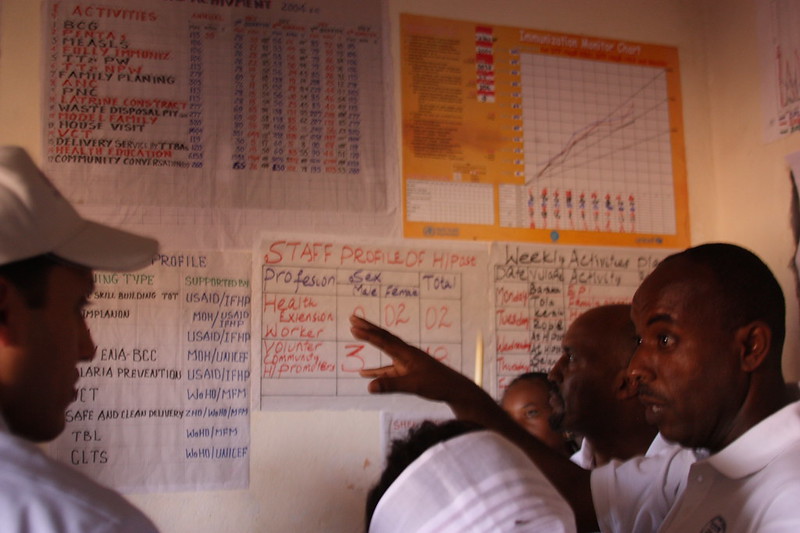U.S. global AIDS spending is helping to prolong the lives of more than a million people and is widely seen as a foreign policy and humanitarian success. Yet this success contains the seeds of a future crisis. Life-long treatment costs are increasing as those on treatment live longer, and the number of new HIV infections continues to outpace the number of people receiving treatment. Escalating treatment costs coupled with neglected prevention measures threaten to squeeze out U.S. spending on other global health needs, even to the point of consuming half of the entire U.S. foreign assistance budget by 2016.
This CGD Working Paper by Senior Fellow Mead Over describes the dimensions of these problems and argues that the United States has unwittingly created a new global “entitlement” to U.S.-funded AIDS treatment that currently costs about $2 billion per year and could grow to as much as $12 billion a year by 2016—more than half of what the United States spent on total overseas development assistance in 2006. And the AIDS treatment entitlement would continue to grow, squeezing out spending on HIV prevention measures or on other critical development needs, all of which would be considered “discretionary” by comparison.
Over suggests ways to substantially restructure the President’s Emergency Plan for AIDS Relief (PEPFAR) in order to avert a crisis in which Americans would have to choose among indefinitely increasing foreign assistance spending on an entitlement, eliminating half of other foreign aid programs, or withdrawing the medicine that millions of people depend upon to stay alive. His suggestions include
- consolidating treatment success and leveraging treatment for prevention by making the extension of further AIDS treatment financing conditional on success in both treatment adherence and prevention outreach;
- shifting to a focus on prevention by underwriting male circumcision efforts and expanding HIV testing and counseling for couples more so than for individuals; and,
- intensifying the effects of prevention interventions by mapping high risk locations and targeting them with tailor-made prevention programs.
Rights & Permissions
You may use and disseminate CGD’s publications under these conditions.





